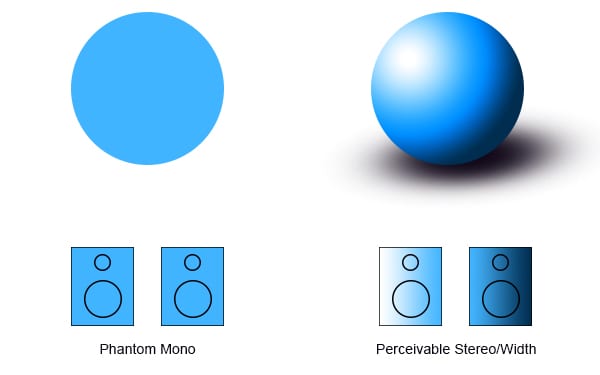LO3: Developing Track 1
Download and listen to the further developed version of Track 1 HERE.
To help further develop my Track 1 demo, I’ve been taking some elements of other music and applying them to my song. One inspiration behind Track 1 is the song ‘A Little While‘ (I’ll abbreviate as ALW) by Yellow Days. The bass in my song lacked much melody and was quite slow paced compared to that in ALW. And so, I decided to create a new melodic bass line to be used in choruses. The new line helps make my song seem more upbeat and adds a little bit of excitement.
ALW often breaks up the verses and choruses with moments of silence (and reverb). I needed something to break up my musical parts but, rather than silence, I decided to create bridges with a pitch-shifting synth and music box.
I decided I needed some sort of solo or improv section within my song – something similar to the last synth that plays the song out in ALW. I decided to put this section after the first chorus. As well as having a synth play a few melodic chords, I reintroduced a synth with a ‘wah-wah’ effect that I had used in a previous song of mine, ‘Get Low’. I thought reusing certain instruments could help develop my brand image. Makeup and Vanity Set have certain synth presets that they use throughout a number of songs (Compare ‘Black Sun on the Horizon‘ and ‘A Glowing Light, A promise‘ for example).
My song structure has been much developed when compared to the first demo (which can be heard HERE). The song structure now goes as follows: Intro – instrumental chorus – verse – bridge – chorus – melodic instrumental – bridge – chorus – developed chorus.
References
‘A Little While‘ by Yellow Days.
‘A Glowing Light, A Promise‘ and ‘Black Sun on the Horizon‘ by Makeup and Vanity Set.


